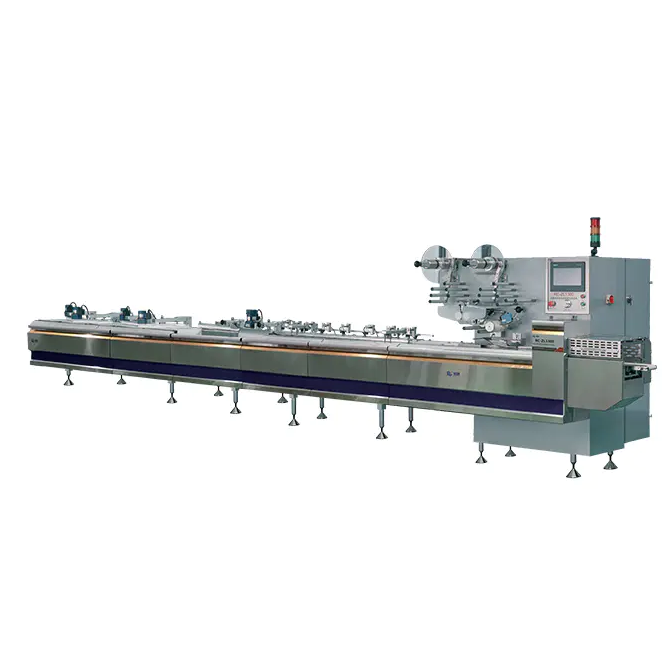Pillow packaging machines are important equipment used in various packaging operations, designed to wrap products in pillow-shaped packages efficiently. From a manufacturer’s point of view, producing these machines requires careful attention to design, material selection, and functionality to meet diverse industry needs.
One of the main challenges in manufacturing pillow packaging machines is ensuring adaptability. Different industries require packaging of various products, which may vary in size, shape, and fragility. Manufacturers focus on creating machines with adjustable settings that allow quick changes in packaging dimensions and sealing methods. This adaptability helps clients handle multiple product lines with one machine, improving operational efficiency.
Material quality plays a key role in the production of these machines. Components such as rollers, sealing jaws, and cutting blades must be made of durable materials that withstand continuous operation and resist wear. Precision in manufacturing these parts ensures consistent performance and reduces the need for frequent maintenance.
Manufacturers also pay attention to the integration of control systems. Modern pillow packaging machines often include programmable logic controllers (PLCs) and touch-screen interfaces, which allow operators to customize packaging parameters easily. These control systems improve user experience and help maintain consistent packaging quality across different batches.
Safety is another important aspect during the design and manufacturing process. Machines are built with safety guards and emergency stop buttons to protect operators during use. Manufacturers comply with industry safety standards to reduce workplace hazards and ensure machine reliability.
Energy efficiency and environmental considerations are increasingly emphasized by manufacturers. Using motors and drives that optimize power consumption can reduce operational costs for clients. Additionally, the ability to work with recyclable or biodegradable packaging films aligns with growing environmental awareness and sustainability goals.
Manufacturers also focus on the ease of assembly and maintenance. Designing machines with accessible components and modular structures simplifies troubleshooting and part replacement. This approach minimizes downtime for users and extends the machine’s service life.
Testing and quality control are integral parts of the manufacturing process. Each machine undergoes rigorous performance evaluations to verify sealing integrity, packaging speed, and film feeding accuracy. Manufacturers also check the consistency of package dimensions and the reliability of sensors and control systems.
Another consideration is customization. Manufacturers often work closely with clients to develop machines that fit specific requirements, such as additional functions like coding, date stamping, or multi-lane packaging. This collaborative approach helps provide tailored solutions that meet unique production challenges.
In conclusion, manufacturing pillow packaging machines involves a balance of flexibility, durability, safety, and user-friendly features. By focusing on these factors, manufacturers contribute to the development of reliable machines that support various packaging needs. Continuous improvements in technology and materials further enhance the capabilities of pillow packaging machines, helping clients achieve efficient and consistent packaging operations.
